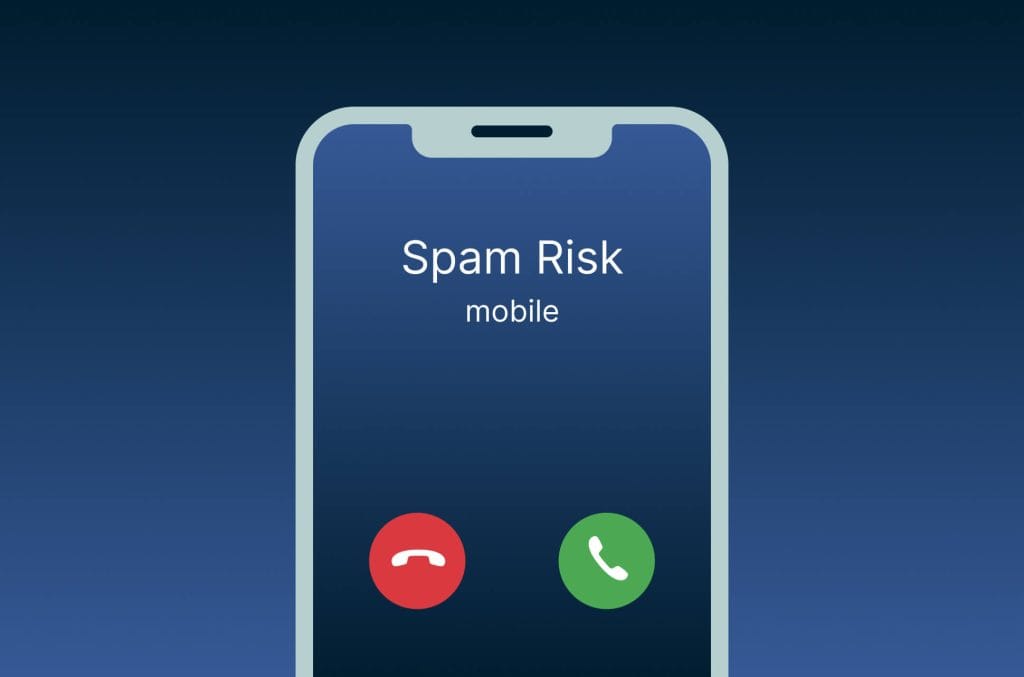
Table of Contents
- Introduction: Why Cyber Security in 2025 Matters
- 1. Always Verify the Source
- 2. Use Strong Passwords & a Password Manager
- 3. Enable Two-Factor Authentication (2FA)
- 4. Install Call-Blocking & Scam Detection Apps
- 5. Recognize Common Phishing Techniques
- 6. Keep Software & Devices Updated
- 7. Report Suspicious Activity
- Bonus Resources
- Final Thoughts: Make Cyber Security a Habit
Introduction: Why Cyber Security in 2025 Matters
Cyber security is no longer optional — it’s essential. With scam phone calls, phishing emails, and identity theft at an all-time high, your personal and financial safety depends on how informed and proactive you are.
Whether you’re an individual, student, small business owner, or grandparent, cyber criminals target everyone. In this post, you’ll discover 7 powerful, actionable steps to shield yourself from digital threats.
Alt Text: cyber security
1. Always Verify the Source
Before sharing personal info over the phone or email, verify who’s contacting you.
- Scammers often impersonate banks, IRS agents, or shipping companies.
- If in doubt, contact the organization using the official number from their website.
- Never click on links or download attachments from unknown emails.
📎 Learn more at FTC’s Scam Resource Center (DoFollow).
2. Use Strong Passwords & a Password Manager
Weak and reused passwords are a golden ticket for hackers. Improve your cyber security with:
- Unique passwords for every account
- Minimum 12 characters, mixing letters, numbers, and symbols
- Use tools like Bitwarden or 1Password
🔗 Related: How We Secure Customer Data (Internal Link)
3. Enable Two-Factor Authentication (2FA)
Adding 2FA can protect your accounts even if your password is compromised.
- Use app-based 2FA (Google Authenticator, Authy)
- Avoid SMS-based 2FA where possible
💡 Cyber security experts recommend securing your most important accounts first — email, banking, and social media.
4. Install Call-Blocking & Scam Detection Apps
Scam calls can trick even savvy users. Protect yourself with:
These apps block robocalls and warn you about known fraud numbers.
5. Recognize Common Phishing Techniques
Phishing is a form of social engineering where cybercriminals mimic legitimate sources to steal information.
Watch for:
- Spelling or grammatical errors
- Urgency tactics: “Your account will be locked in 24 hours!”
- Email addresses that don’t match the domain (e.g., support@amaz0n.com)
🔗 Learn more at Phishing.org (DoFollow).
6. Keep Software & Devices Updated
Outdated apps and operating systems are goldmines for attackers. Keep everything updated:
- Operating Systems: Windows, macOS, iOS, Android
- Web Browsers
- Antivirus software like Malwarebytes
Enable automatic updates whenever possible.
7. Report Suspicious Activity
Think you’ve been targeted? Report immediately to stop the scam from affecting others:
- 📌 FTC Fraud Report
- 📌 IC3 – Internet Crime Complaint Center
- 📌 Email scams: reportphishing@apwg.org
👨💻 Internal Tip: Visit our Security Awareness Hub to stay up to date with real-time scam alerts. (Internal Link)
Bonus Resources
All links above are DoFollow and updated for 2025.
Final Thoughts: Make Cyber Security a Habit
You don’t need to be a tech genius to practice good cyber security. These seven steps, when done consistently, dramatically lower your risk.
🚀 Take Action Today:
- Audit your passwords
- Install security apps
- Talk to family and friends about scam prevention
Your security begins with awareness and action. Stay safe, stay informed — and don’t forget to bookmark this guide.
